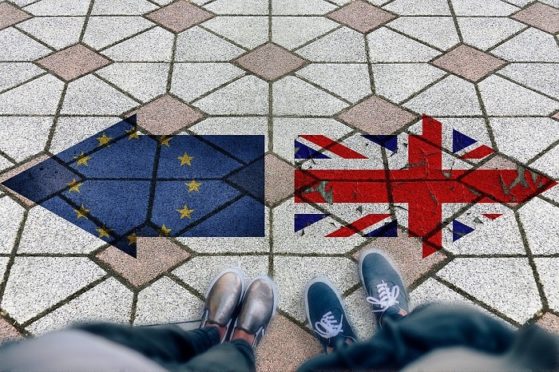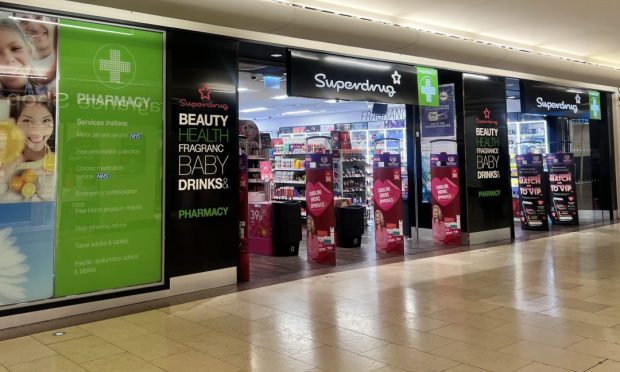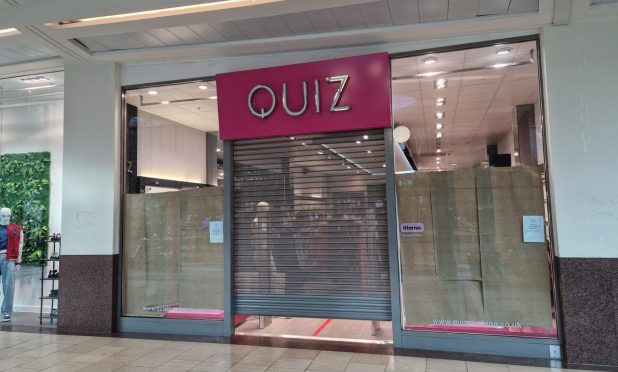The experts at IG, an online trading and investments provider, discuss the Brexit-influenced trading trends to look out for in the short-to-medium term:
“There is still a lot of uncertainty in the air of Westminster at present. With Prime Minister Boris Johnson desperately seeking to bring a meaningful vote on his Brexit withdrawal agreement, amid the backdrop of calls for a People’s Vote and even revocation of Article 50, it’s still hard to predict what will happen next in terms of the UK’s future trading relationship with its European Union (EU) neighbours.
Forex traders are already working hard to ascertain outcomes for all possible avenues, be it a no-deal Brexit, no Brexit at all or a negotiated Brexit deal.
If you are wondering what forex trading is, you will almost certainly have heard experts and analysts talking about the value of the pound against the euro and the US dollar. Forex trading sees individuals trade the price of one currency against the other.
Political events like Brexit can cause volatility in the forex markets, making currencies rise and fall.
Prior to the 2016 EU referendum, the forex markets appeared to have priced in the UK voting ‘Remain’ at the ballot box, based on the pros and cons of leaving the EU.
The cons – such as cross-border security, investment, jobs and consumer prices – appeared to initially outweigh the pros of sovereignty, immigration controls and future trade deals with other global partners.
The forex market, therefore, had a severe shock when the referendum result was revealed, with the pound slumping to a 31-year low against the US dollar in a single day.
Whichever Brexit path we take, it’s important to be mindful of the possible trends for forex, shares and commodities in the months and years to come.
The future strength of the pound
Sterling has remained volatile against the US dollar for many months now, falling to as low as $1.20 to the pound.
However, forex analysts anticipate that the pound could weaken further still in a no-deal Brexit, valuing it at $1.10.
Meanwhile, it could be valued at $1.35 if the UK Parliament eventually approves the latest withdrawal agreement bill.
It’s important for traders to be mindful of the raft of amendments that could put a spanner in the works of an approved withdrawal agreement bill, with some MPs arguing for a customs union relationship with the EU.
Some of the amendments may also be deemed unacceptable to the EU, inadvertently pushing the UK closer to a no-deal Brexit.
Shares and commodities to look out for post-Brexit

In times of political and economic uncertainty, gold has been a relatively safe haven for investors through the decades. The value of gold spiked around the time of the 2016 EU referendum and could rise further still in the event of a no-deal Brexit.
Furthermore, continued barriers to approving a Brexit withdrawal agreement could ensure that potential price rises in crude oil are constrained.
The UK’s agri-food chain organisations are, on the whole, desperate to see an orderly withdrawal for the UK’s farming industry.
The Revised Political Declaration confirms the UK government’s intent to achieve a free trade agreement (FTA) with the EU, featuring zero tariffs or quantitative restrictions on the flow of goods to and from the UK.
Meanwhile, although damage to the UK’s manufacturing sector has been somewhat curbed by businesses’ stockpiling measures, the longer-term outlook is one of concern that European clients could look to move their work away from UK suppliers and domestic clients could turn off the funding tap and avoid spending and investing while uncertainty reigns.”










